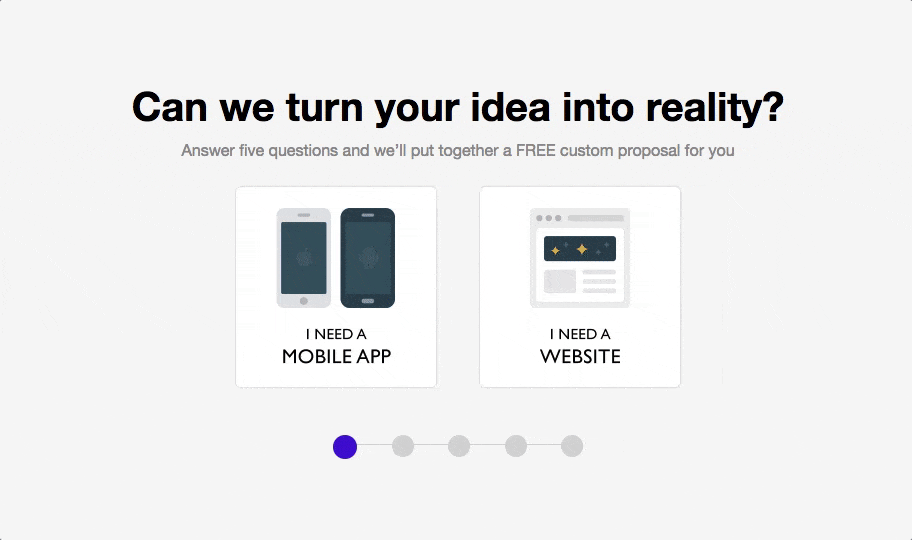If you’re not using personalisation properly in your eCommerce strategy or at all, you could be missing out on revenue and valuable customer data. In fact, 83% of consumers are willing to share their data for a more personalised experience and 87% think it’s important to purchase from brands that understand ‘the real me’.
But there is a line. If brands become too personal, 69% of consumers would reconsider whether they’d purchase from there again. Want some inspiration from real-life brands on how to get personalisation just right? Check out these examples…
- Greeting returning customers by their first name
- Recommending complementary products/services
- Recommending products/services based on previous interactions
- Changing navigation based on visitor interests
- Personalising search results
- Personalised emails based on previous interactions
- Using geo-location targeting
- Personalised quiz-based recommendations
1. Greeting returning customers by their first name
A classic way to offer personalisation. It’s versatile too as you can greet customers by first name on your website’s homepage when they return or in email/social media communications.
Here’s a great example by Amazon…
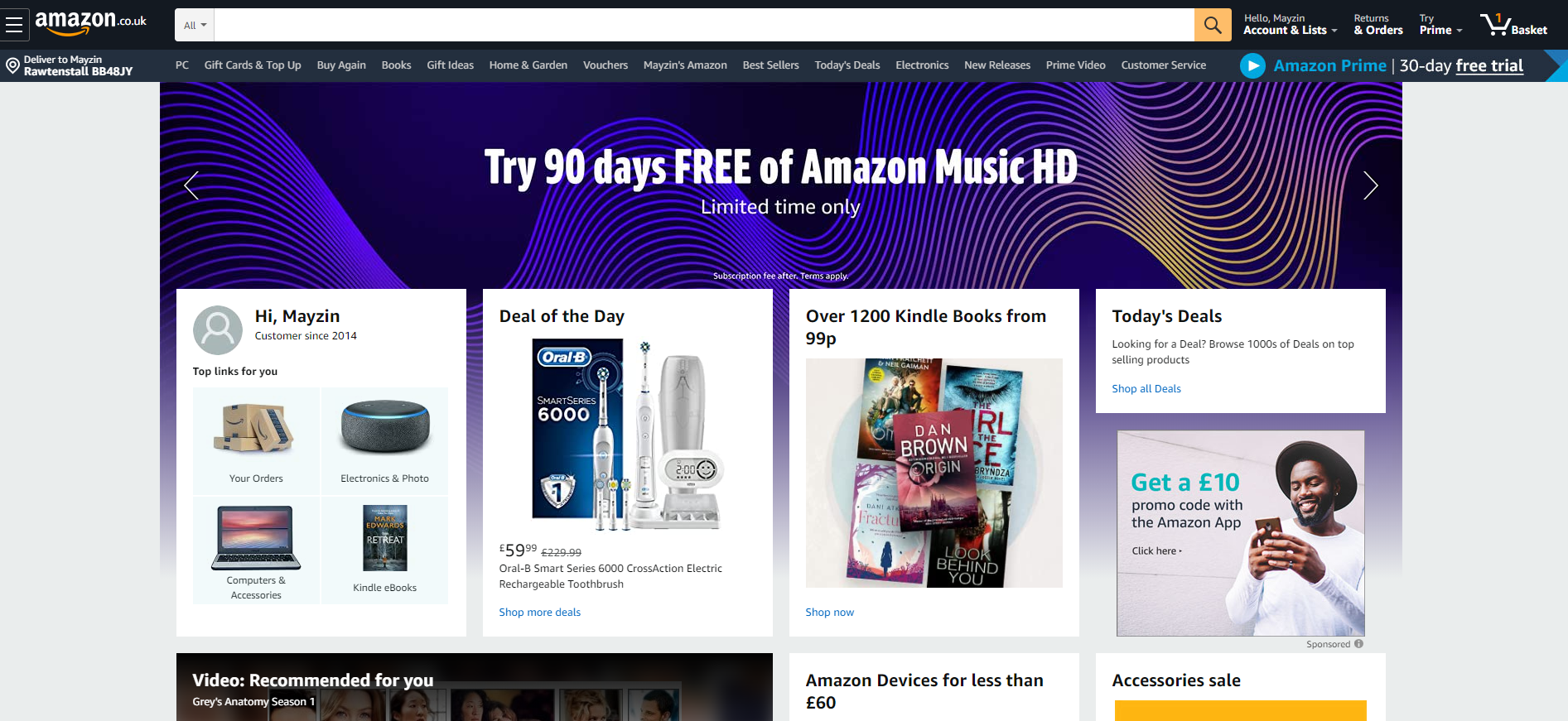
As you can see, Amazon have referred to me by my first name and even recommended a few products, deals and Prime videos, based on my previous interactions (we’ll discuss this in another point - it deserves its own section). Although it’s a small gesture, simply referring to customers by their first name can really help you build a relationship, show off your company’s ‘human’ side and make the customer feel more valued.
2. Recommending complementary products/services
When customers are browsing your product or service pages, take this opportunity to up and cross-sell. It’s particularly effective if you can recommend products and services that complement what your customers are currently looking at.
Check out this example by ASOS…
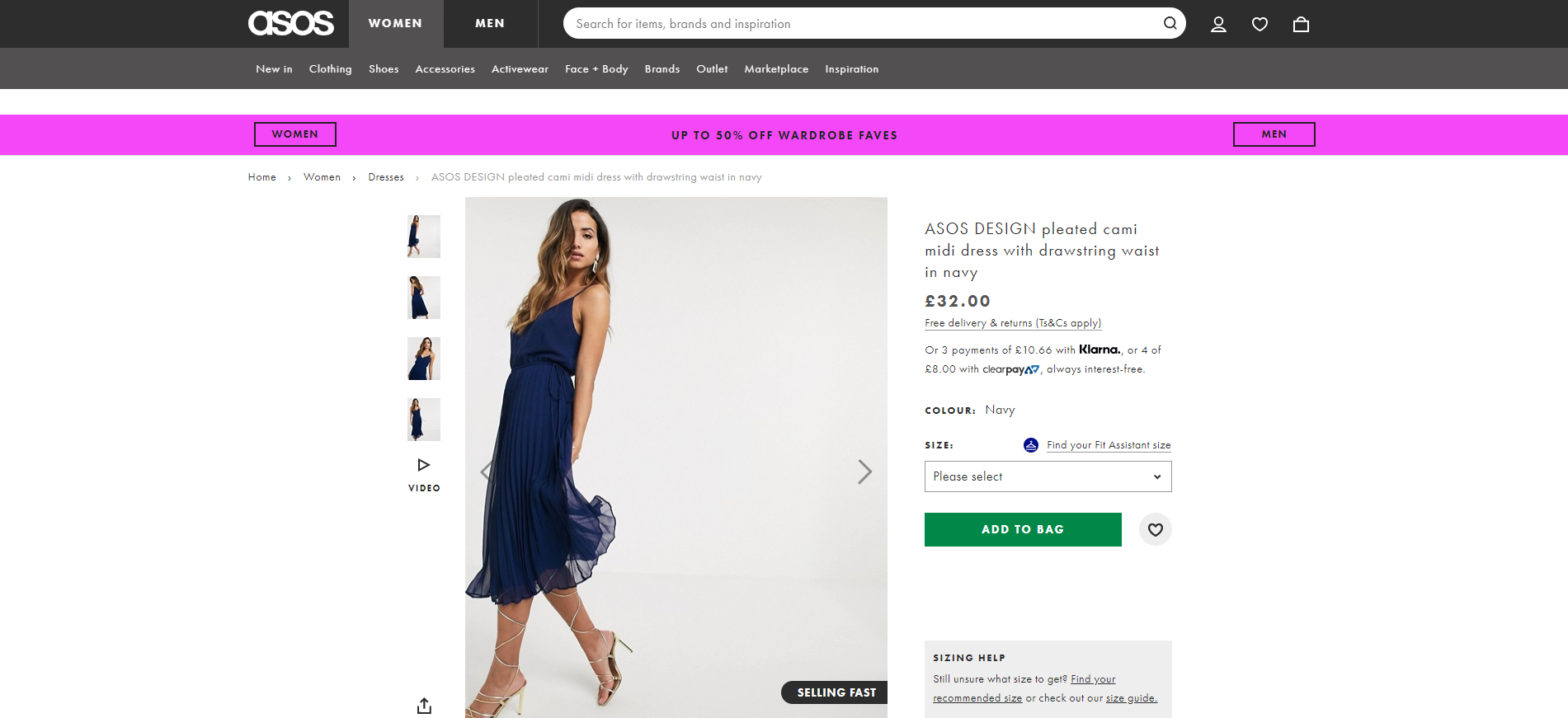
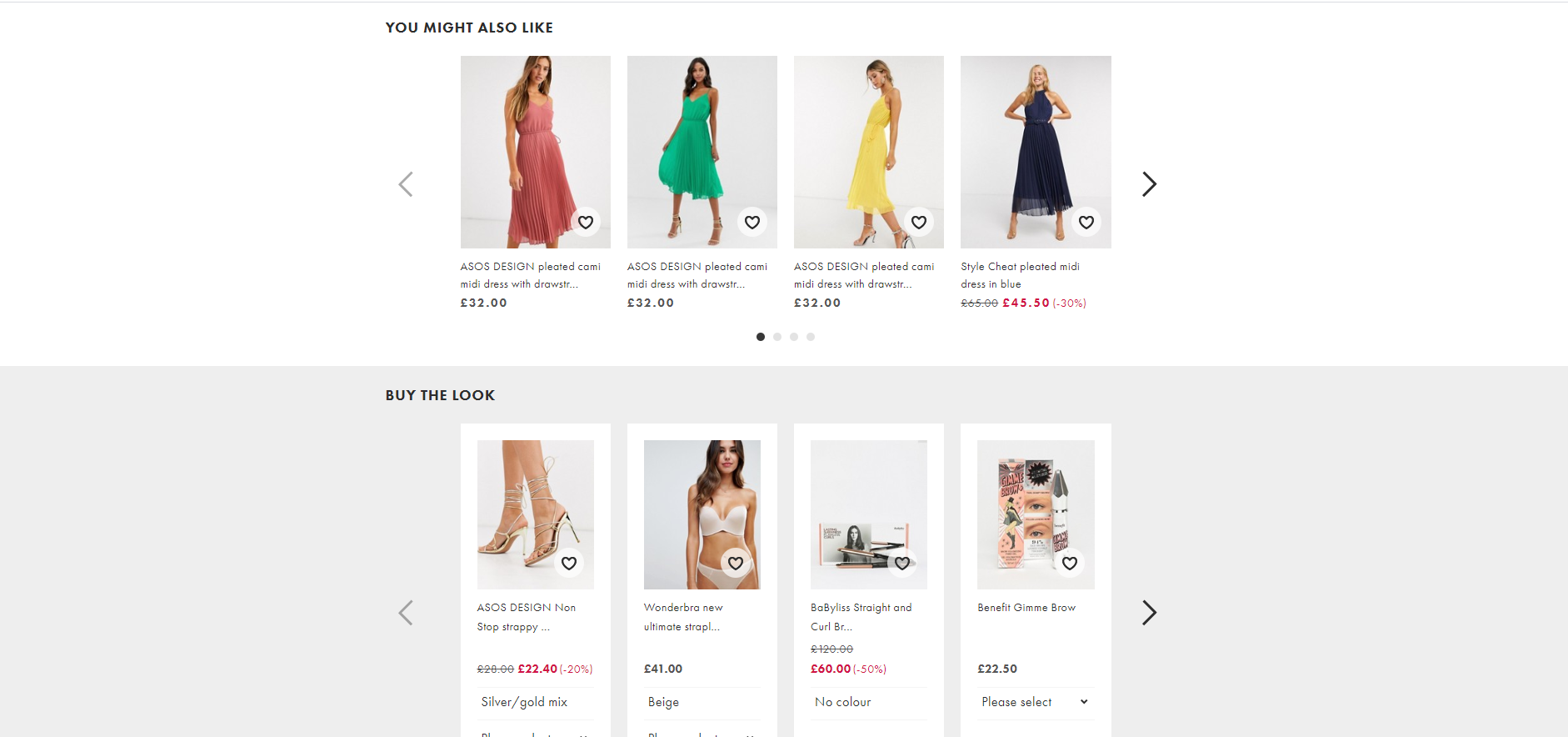
The online retailer gives me the chance to ‘buy the look’ or browse similar styles. This is perfect if I saw (for example) the shoes and wanted to buy them along with the dress or if I wanted to see a few more options. And if those thoughts didn’t enter my mind, they certainly have now.
By offering customers the chance to ‘complete the look’ or browse similar styles, you’re effectively up and cross-selling and potentially boosting basket value.
3. Recommending products/services based on previous interactions
This is another common and highly effective personalisation tactic. When your customers return to your website, they’ll be greeted with content, products and services based on their previous interactions (e.g. search and purchase history).
Let’s take a look at this example from Netflix…
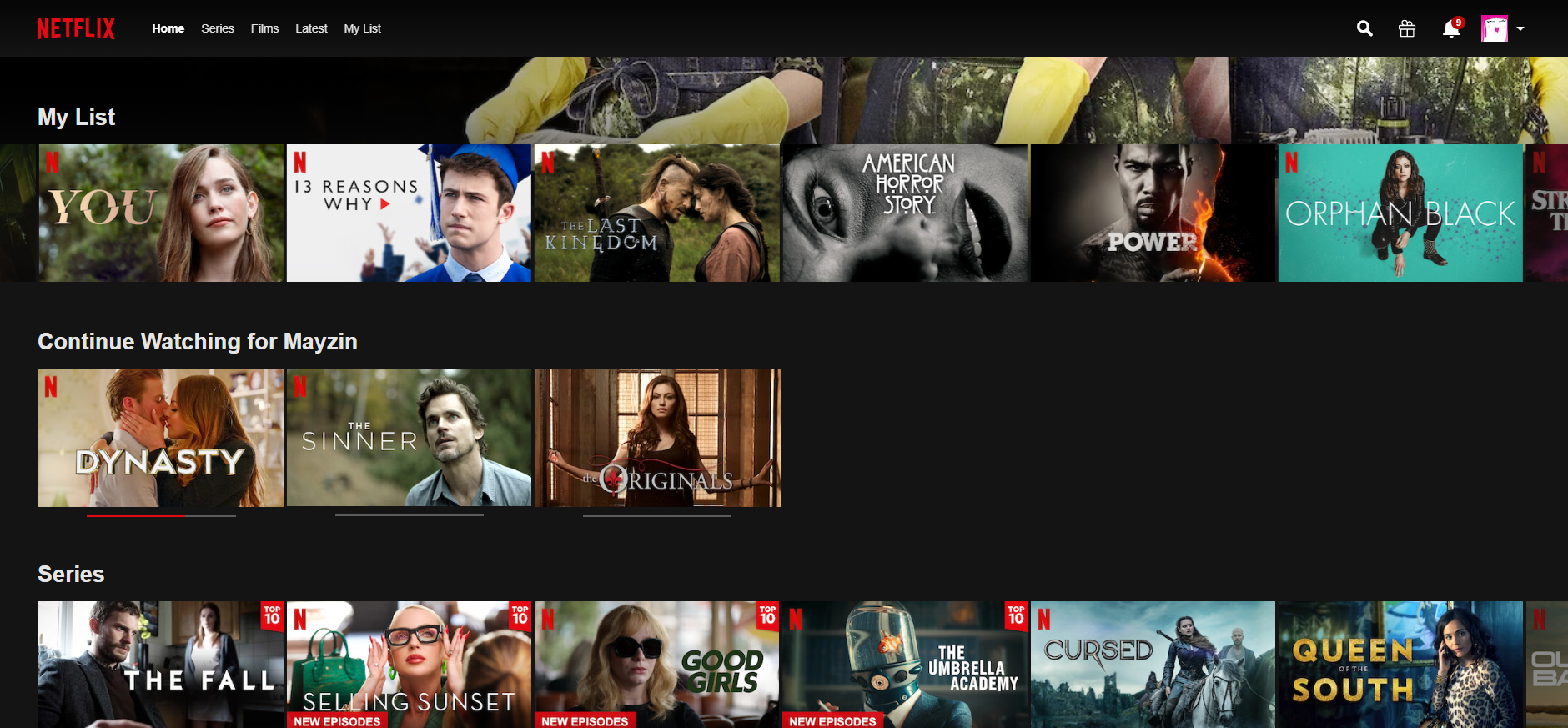
When I’ve signed into my Netflix account and clicked on my profile, I get the option to continue watching the shows I’m currently bingeing. There are also the shows and films I’ve added to ‘My List’. Not only is it a reminder for me to check these out, but Netflix also recommends more shows and films to me based on My List.
So, every Netflix user will have a personalised viewing experience - which makes it much more enjoyable.
4. Recognising when you’re a new customer
It’s great if you can recognise your returning customers (for example, greeting them by first name). But it’s equally as great if you can recognise when someone’s not a customer.
Here’s another example from ASOS…
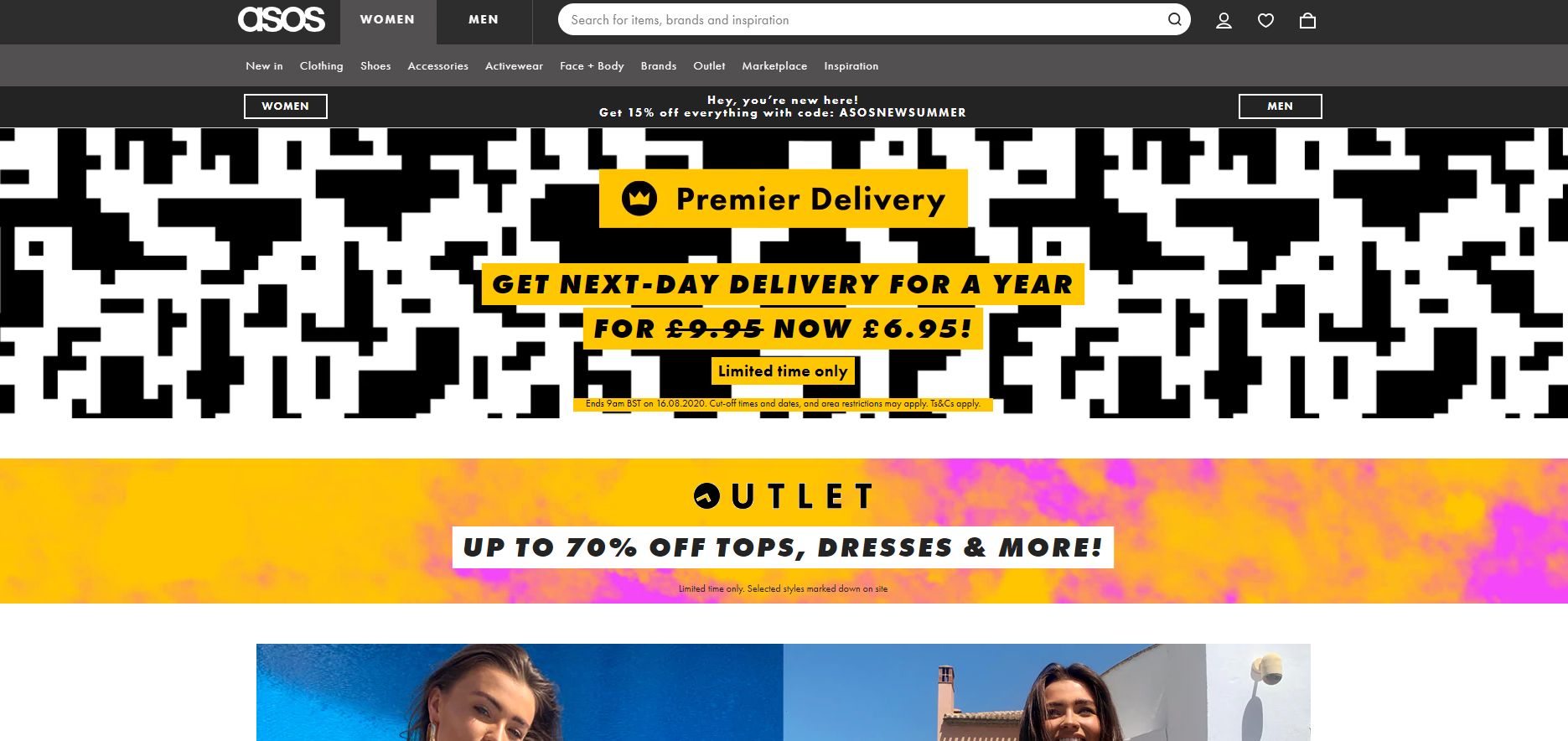
See that banner right underneath their navigational bar? It’s offering me an exclusive 15% off code because they think I’m a new customer. And then I log in, they recognise me as a returning customer and the code is no longer available to me (sob sob) but I digress…
This small gesture is a great way to entice new customers into making a purchase. Everyone loves a discount, right? And after their first purchase, you can build up loyalty by adopting a customer-centric mindset and ensuring your customers only receive content they might be interested in.
5. Using geo-location targeting
Ideal if you’re a global brand, geo-location targeting helps ensure your customers are on the appropriate country’s website.
Here’s what our website says if I’m on the US site instead of the UK one…
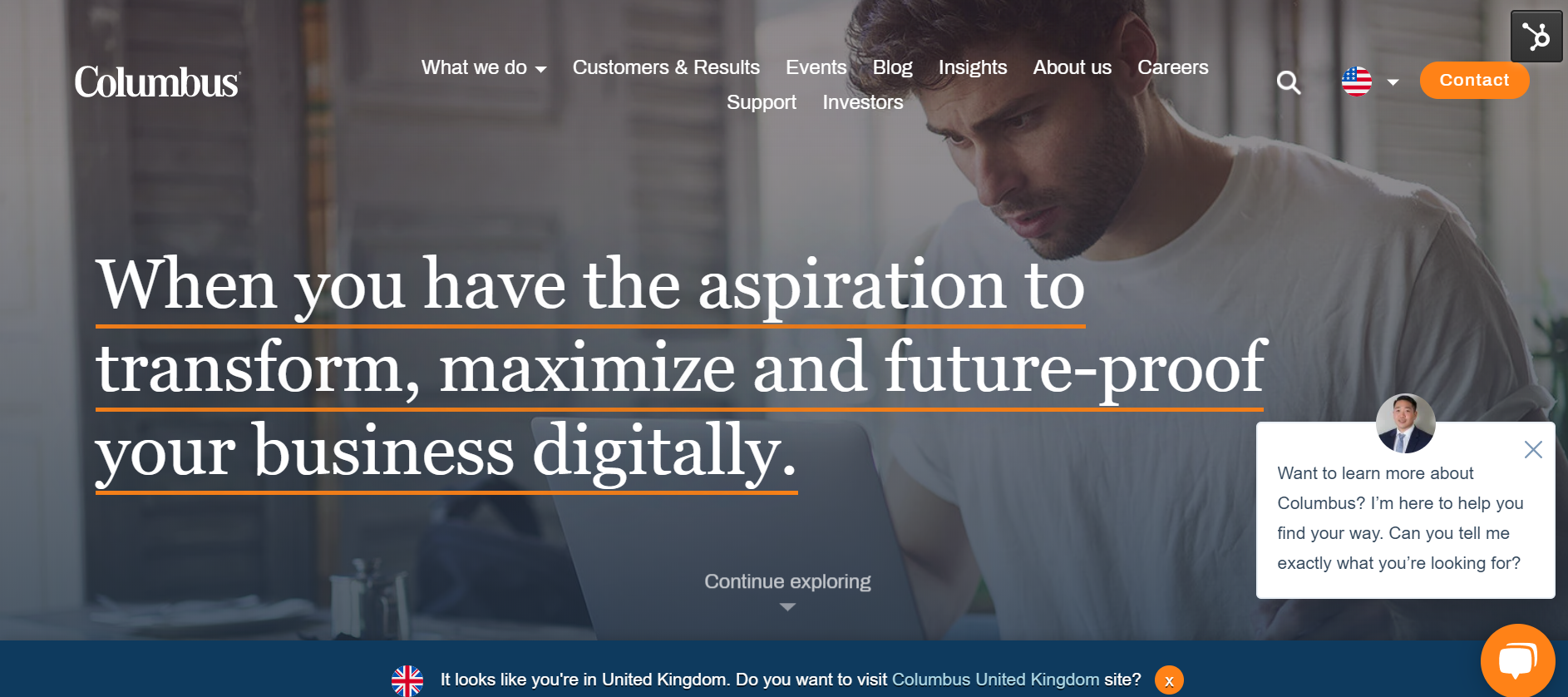
It’s a tiny reminder but a great one nonetheless. I mean, how easy is it to accidentally type in ‘.com’ instead ‘.co.uk’, for example, and end up browsing the US site for ages before releasing you’re on the wrong country’s page?
Save your customers time with geo-location targeting and help them get to what they want faster.
6. Personalising from the very start
If you can begin your personalisation journey from the very start, it can lead to better customer experiences and boost sales. Here’s an animated example from Leadformly, who create lead capture forms for marketers…
Customers fill out this form (which has been attractively designed up and now looks more like a fun quiz rather than the traditional form format) that asks them crucial details like their budget, what they need and how they’d prefer to be contacted.
Not only is this engaging but it also means you can qualify and segment leads from the very start so you can work on sending them more relevant content and building a genuine relationship.
7. Personalised emails based on previous interactions
Using information you already know about your customers (such as their name, past purchases, search history, pages visited etc), you can tailor your emails so every customer receives an email with personalised content.
Here’s an example by jewellery brand Monica Vinader…
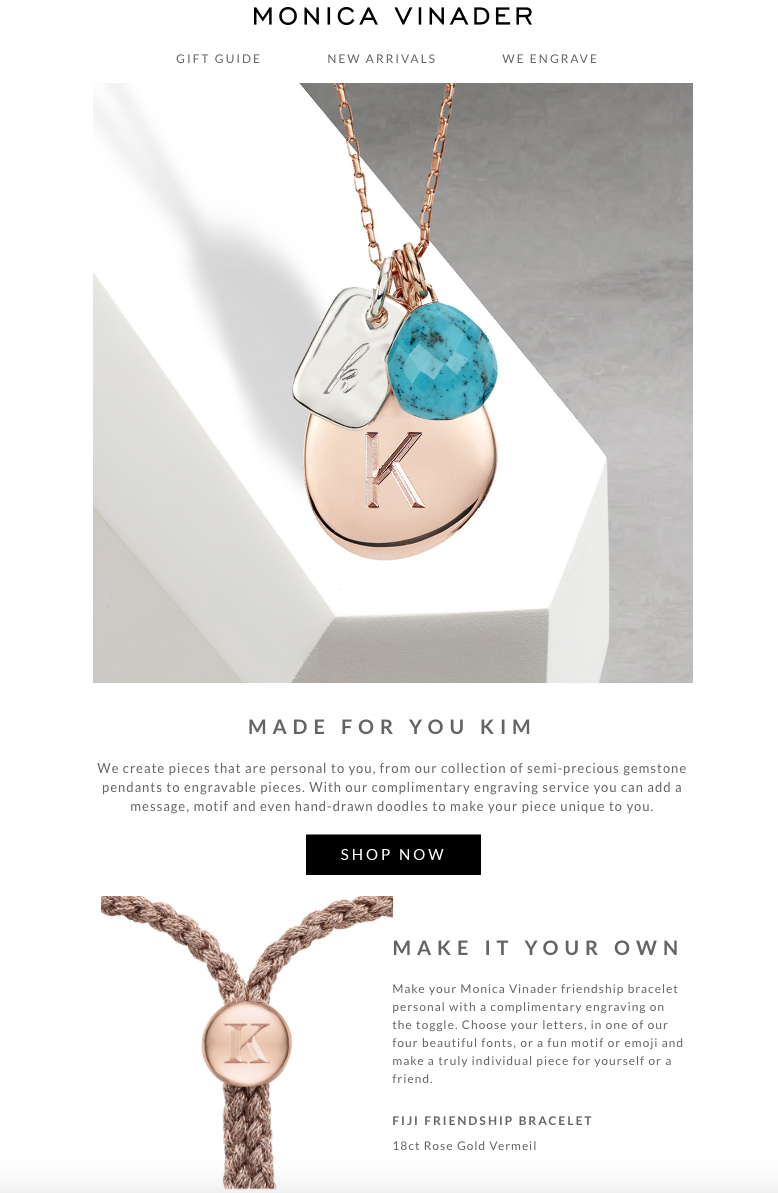
As you can see this isn’t my own screenshot (my name begins with M, not K) so I credit Medium for this image. Anyway, let’s focus on the example. Monica Vinader has taken the personalisation tactic of greeting a customer by their first name to the next level.
As well as greeting them personally, they’ve virtually monogrammed the first letter of the recipient’s name onto jewellery. This helps the customer see exactly what the item could look like if they monogrammed the jewellery with their first initial which boosts customer experience.
And another example from Grammarly…
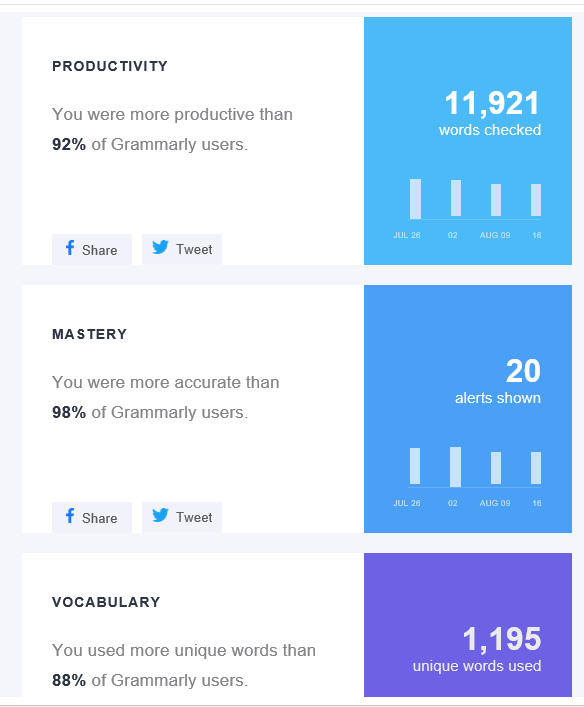
Grammarly sends users (who’ve signed up to receive communications) weekly reports scoring them on their writing technique. For the users, it means they can track how their writing has improved since using the digital writing tool, see areas for improvement and because it's 'gamified', convinces them to continue using the tool.
For Grammarly, it means they can continuously gather data on their customers and remind them to upgrade to a paid account (if they haven’t already) for deeper insights.
8. Personalised quiz-based recommendations
Sometimes, the best way to find out what customers want is to…simply ask them what they want. And if you can be creative about it, even better!
This is how Topshop do it…
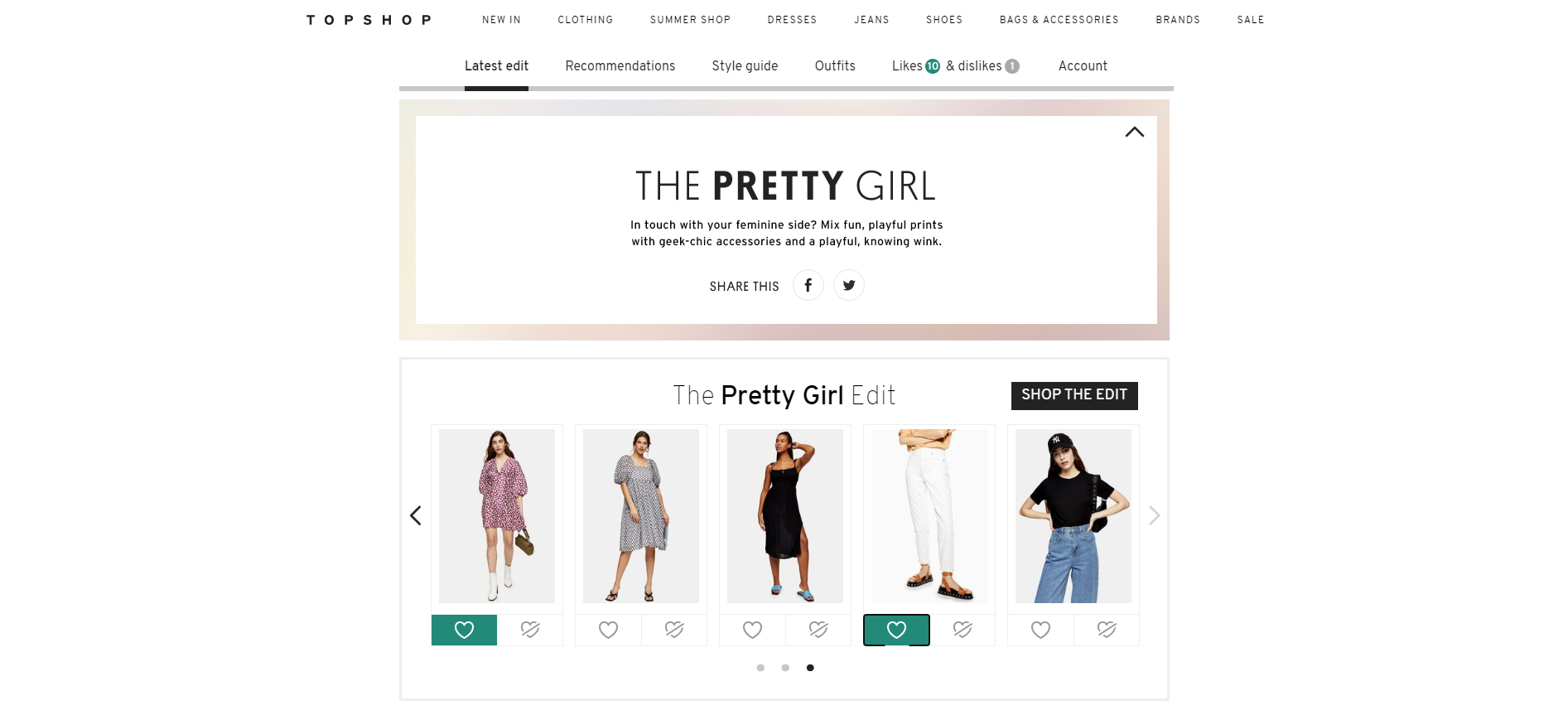
Customers answer the (multichoice) questions on Topshop’s style quiz, such as celebrities whose style they like the most, select words that best describe their style and styles they like for weekdays and weekends. Then, Topshop recommends items based on this information. Customers select whether they ‘love’ or ‘dislike’ the individual recommendations and Topshop will continuously tweak their suggestions based on this.
For the customer, it means you receive personalised recommendations and for the retailer, it means they receive valuable customer insight. Now they can continue to provide personalised recommendations, boosting the customer experience and satisfaction even more.
Inspired and ready to get started with personalisation?
Most of these examples are B2C but that doesn’t mean B2B businesses can’t be inspired too. Take the above quiz - simply swap the clothes and fashion styles for whatever your business sells. See what we mean? None of these examples are exclusive to a particular sector or market.
If these awesome examples of personalisation for eCommerce have inspired you, why don’t we move onto tactics? If you’re ready to learn how to try out new personalisation tactics for your business, click the button below to check out our guide.
You’ll discover what the key is to a perfect personalisation strategy, customer metrics to look out for and more.

